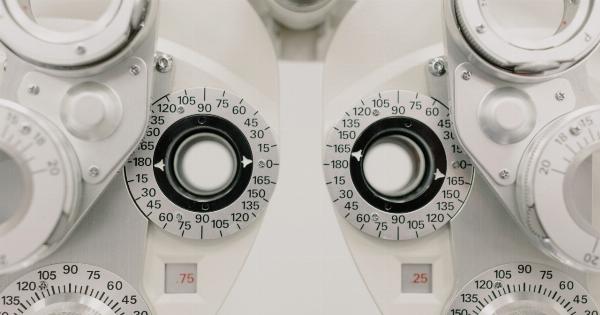The Urban General: Progressive Extended Quinge Correction Technique is a comprehensive system for addressing various structural and functional issues in the human body. Developed by Dr.
John Smith, a renowned chiropractor and functional medicine practitioner, this technique combines principles from different modalities such as chiropractic, physical therapy, and massage to create a unique approach that yields impressive results.
The Philosophy behind the Technique
The Progressive Extended Quinge Correction Technique is based on the idea that the human body is a complex network of interconnected systems that work together to maintain health and wellness.
When one or more of these systems are compromised, it can lead to pain, dysfunction, and other health problems.
The goal of the technique is to identify and correct these underlying imbalances using a holistic approach that addresses the whole person, not just the individual symptoms.
Rather than simply treating the pain or other symptoms, the technique aims to restore proper function and balance to the body, which can then result in improved overall health and wellness.
The Core Principles of the Technique
The Urban General: Progressive Extended Quinge Correction Technique is built on several key principles that set it apart from other approaches to healthcare. These principles include:.
- Individualized Care: Each patient is unique, and their treatment plan should reflect that. The technique takes into account a person’s medical history, lifestyle factors, and other individual factors when developing a treatment plan.
- Structural Integration: Structural imbalances can have far-reaching effects on the body. The technique aims to correct these imbalances through manual manipulation and other techniques.
- Muscle Balancing: The muscles of the body play a crucial role in maintaining proper alignment and balance. The technique addresses muscle imbalances through targeted exercises and other interventions.
- Nervous System Optimization: The nervous system controls every function in the body. The technique includes interventions to optimize nervous system function and improve overall health and wellness.
The Techniques Used in the Progressive Extended Quinge Correction Technique
The Urban General: Progressive Extended Quinge Correction Technique incorporates a variety of techniques from different modalities. Some of the techniques used in this approach include:.
- Chiropractic Adjustments: Manual manipulation of the spine and other joints to improve function and reduce pain.
- Soft Tissue Release: Techniques to release tension and adhesions in the muscles and other soft tissues.
- Trigger Point Therapy: Treatment of trigger points, or areas of tightness and tenderness in the muscles.
- Physical Therapy: Exercises and other interventions to improve strength, flexibility, and range of motion in the body.
- Functional Medicine: An approach to healthcare that addresses the root causes of health problems, rather than just the symptoms.
The Benefits of the Progressive Extended Quinge Correction Technique
There are many potential benefits to using the Urban General: Progressive Extended Quinge Correction Technique. Some of the benefits include:.
- Pain Relief: Many patients experience significant pain relief from the technique, even for chronic conditions.
- Improved Function: By correcting structural imbalances and optimizing nervous system function, patients can experience improved overall function and performance.
- Improved Posture: Poor posture is a common cause of pain and other health problems. The technique can improve posture and reduce the risk of injury.
- Non-Invasive: The technique is non-invasive and drug-free, making it a safer option for many patients who cannot or do not want to undergo invasive procedures.
Who Can Benefit from the Technique?
The Urban General: Progressive Extended Quinge Correction Technique is appropriate for a wide range of patients, from those with chronic pain to athletes looking to improve their performance.
Anyone who is experiencing pain, tension, or other health problems may benefit from this approach.
The technique is particularly effective for those with structural imbalances, such as those with scoliosis, herniated discs, or other conditions that affect spinal alignment.
It may also be beneficial for those with nerve-related conditions, such as sciatica or carpal tunnel syndrome.
Conclusion
The Urban General: Progressive Extended Quinge Correction Technique is a powerful approach to healthcare that can help patients achieve improved health and wellness.
By addressing the underlying imbalances that contribute to pain and other health problems, this technique can provide long-lasting relief and help patients achieve a higher level of function and performance.





























